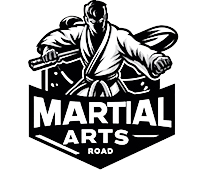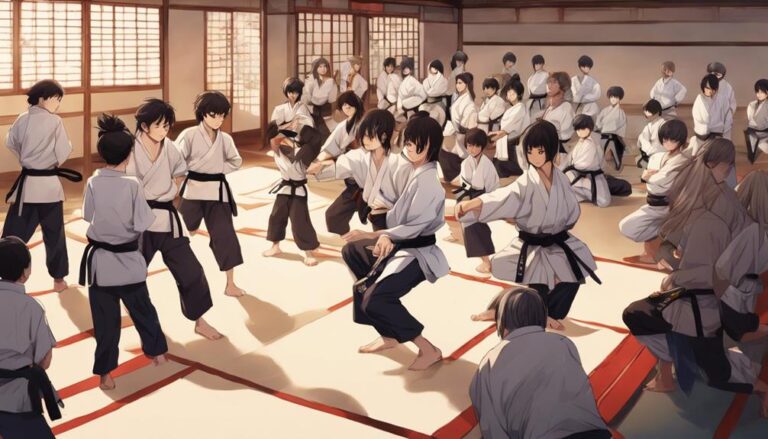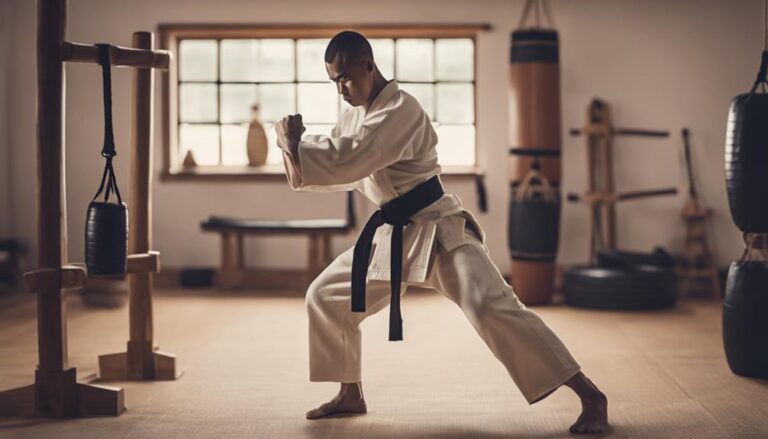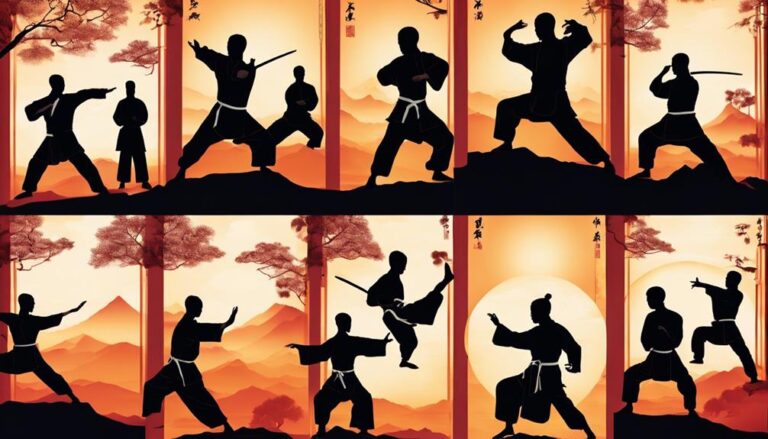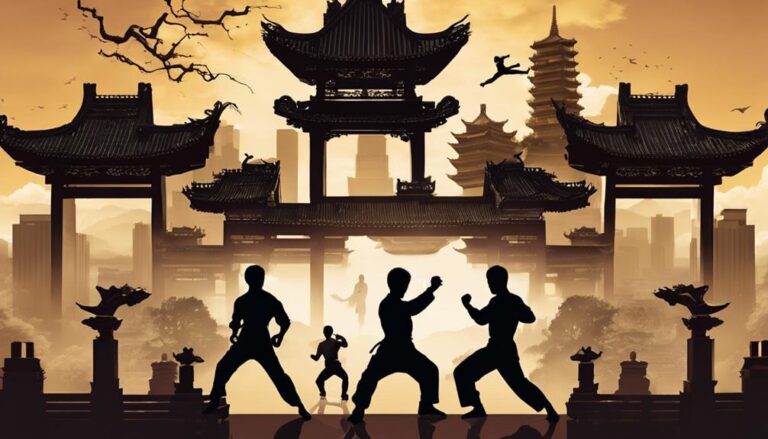Did you know that over 70% of martial arts enthusiasts begin their journey with Kung Fu? It’s no surprise, given its rich history and diverse styles, each offering unique benefits to practitioners.
As you’re considering stepping into this world, it’s crucial to understand the nuances of the top 5 styles suited for beginners.
From the strength and agility-enhancing techniques of Shaolin Kung Fu to the meditative and balance-focused practices of Tai Chi, selecting the right style can significantly impact your martial arts journey.
But how do you choose the one that aligns with your goals and physical capabilities? Let’s explore further.
Contents
Exploring Shaolin Kung Fu
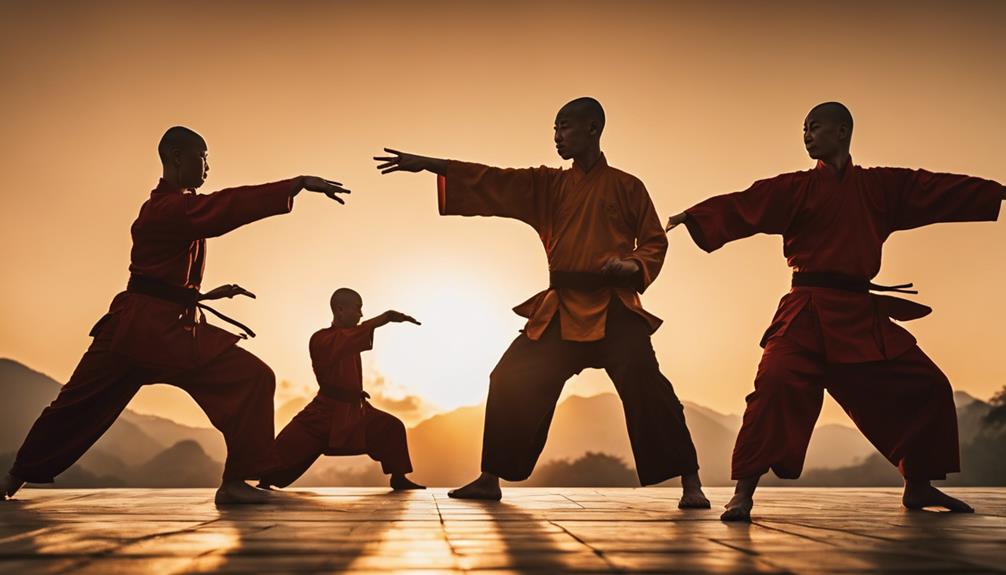
In Shaolin Kung Fu, you’ll discover a martial art steeped in 1500 years of history, originating from the Shaolin Temple in China. Your Kung Fu journey into this facet of Chinese martial arts will challenge and build your physical fitness through rigorous Shaolin Kung Fu training.
It uniquely blends Taoist concepts of complementary forces with a repertoire that includes wide stances, powerful kicks, precise blocks, and rapid punches. This style emphasizes the harmony between forceful, hard techniques and soft, fluid movements, ensuring you’re not relying solely on violent means for defense.
With composite footwork at its core, Shaolin Kung Fu teaches you to move with agility and purpose, making it a compelling study for any martial arts enthusiast.
The Basics of Wing Chun
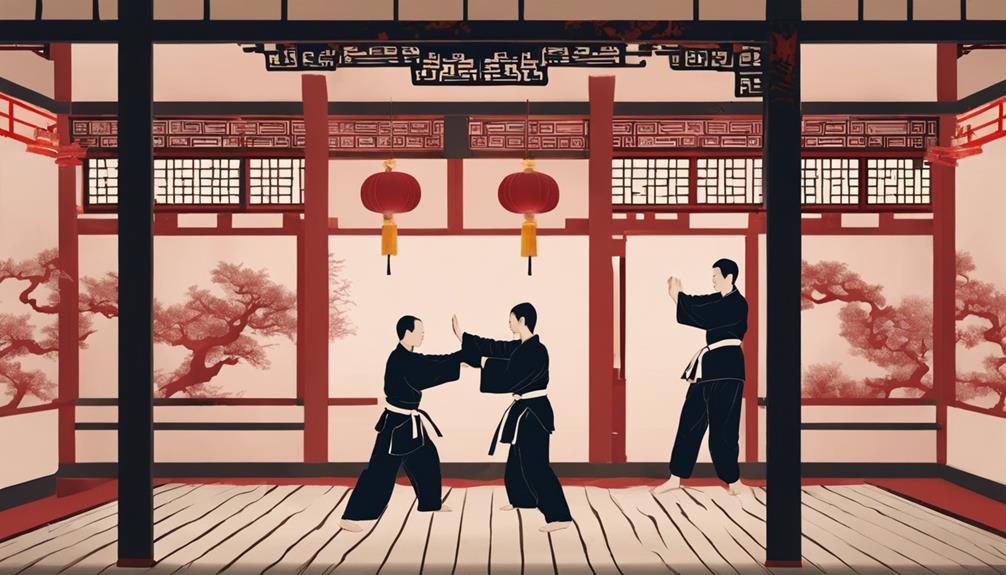
Exploring the basics of Wing Chun, you’ll find a martial art that excels in close-range combat through its efficient use of upper body movements and agile footwork. Founded by Ng Mui and Yim Wing Chun around 300 years ago, this style emphasizes technique over strength, ensuring that anyone can practice it, regardless of physical capability.
- Emphasizes efficient techniques for upper body control and defense
- Agile footwork to maintain balance and optimize positioning
- Rapid punches that are precise and effective for self-defense
- Mentorship lineage from legends like Bruce Lee and Ip Man, highlighting its effectiveness
Wing Chun’s philosophy and techniques make it an excellent choice for beginners interested in mastering close-range combat with a focus on skill rather than brute force.
Tai Chi: A Gentle Approach
While Wing Chun equips you with skills for close combat, Tai Chi offers a contrasting approach, focusing on slow, deliberate movements for mind and body harmony. Originating in the 12th century, Tai Chi incorporates Taoist concepts of yin-yang and Qi, emphasizing breathing and meditation in motion. It’s renowned for its stress reduction, balance improvement, and flexibility enhancement benefits.
| Benefit | Description |
|---|---|
| Stress Reduction | Tai Chi’s slow movements foster a deep state of relaxation, reducing stress. |
| Balance Improvement | The deliberate movements enhance your balance and stability. |
| Flexibility Enhancement | Practicing Tai Chi regularly increases joint flexibility. |
| Health Benefits | Leads to minimal injuries and significant overall health improvements. |
| Mental Clarity and Relaxation | Promotes mental clarity and relaxation through meditation in motion. |
Embrace Tai Chi for a gentle yet powerful journey towards mental and physical wellness.
Mastering Baguazhang

Let’s dive into the world of Baguazhang, an internal Kung Fu style known for its circular walking techniques and emphasis on adaptability in combat. This martial art, rooted in Taoist philosophy, offers more than just self-defense skills; it’s a pathway to enhancing your physical and mental well-being.
- Circular walking techniques improve your ability to move and evade with grace, teaching you the art of flow in combat.
- Adaptability in Baguazhang allows for effective defense against multiple attackers, enhancing your strategic thinking.
- Practicing this style promotes cardiovascular health, balance, and coordination, offering a comprehensive full-body workout.
- The Taoist philosophy underlying Baguazhang encourages a deeper connection with the self, enriching your martial arts journey.
The Northern Praying Mantis Style
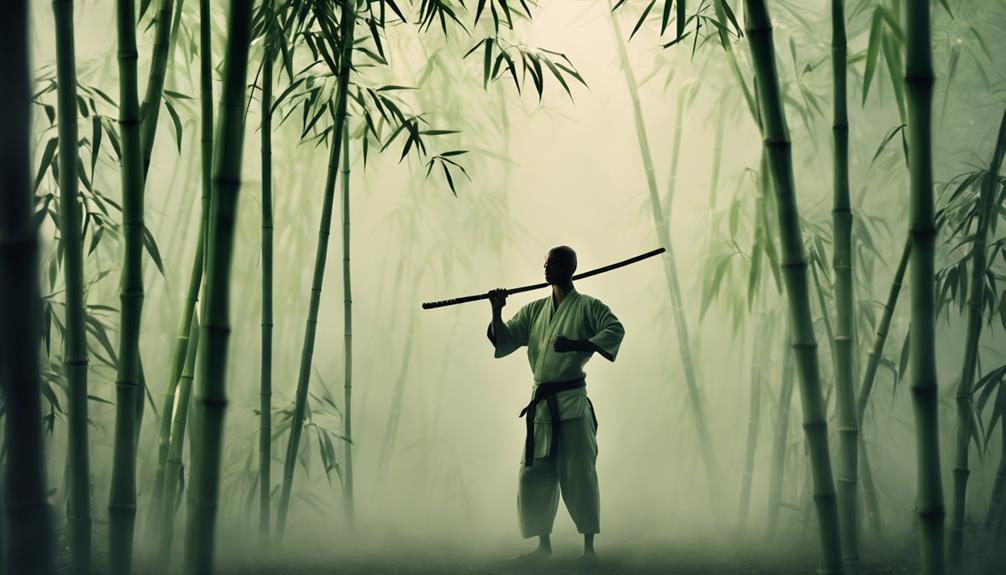
After mastering the fluid movements of Baguazhang, you may find the dynamic attacks of the Northern Praying Mantis style a compelling next step in your martial arts journey.
Originating with Wang Lang during the Ming Dynasty, this style mirrors the potent ‘hook move’ of its namesake insect. It integrates a series of punches, strikes, and distinctive footwork techniques, making it exceptionally effective in combat.
The Northern Praying Mantis style emphasizes agility and precision, essential for executing its complex maneuvers. Its effectiveness and unique techniques haven’t only made it a respected martial art but also a popular choice in pop culture, featured in movies and games.
Embracing this style means enhancing your combat skills with precision and agility.
Conclusion
Now that you’ve explored the top Kung Fu styles for beginners, it’s time to make your move.
Whether you’re drawn to the robust traditions of Shaolin Kung Fu, the efficient techniques of Wing Chun, the serene flow of Tai Chi, the dynamic flair of Wushu, or the adaptive strategies of Baguazhang, there’s a path for everyone.
Remember, mastering Kung Fu is a journey of self-discovery and perseverance. Pick the style that resonates with you and start your training.
